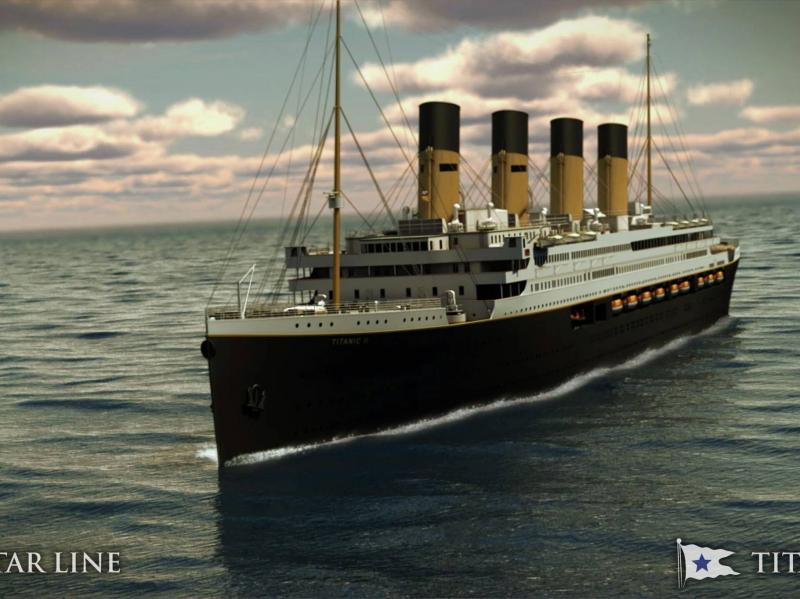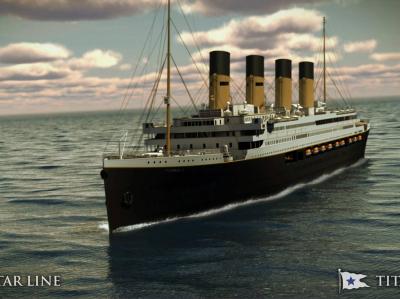The Titanic disaster significantly impacted disaster recovery and prevention practices and regulations in the maritime industry. Although disaster prevention and recovery, as we know it today, did not exist in the early twentieth century, the lessons learned from the tragedy of the Titanic contributed to the development of safety measures, regulations, and emergency response protocols in maritime and shipping industries.
1. **Improved Ice Monitoring**
Given the circumstances surrounding the Titanic disaster, one of the first changes in international practices and laws was a significant enhancement in marine ice monitoring. Although icebergs had always been known to be extremely dangerous, the Titanic disaster greatly increased awareness of the risks they posed to modern ships, especially in the North Atlantic. An international agreement led to the establishment of the International Ice Patrol in 1914, aimed at monitoring the location and movement of icebergs in the North Atlantic, reporting them, and providing crucial information to avoid collisions and prevent disasters.
2. **Comprehensive Overhaul of Lifeboat Systems**
One of the largest criticisms following the Titanic disaster revolved around the number, use, and deployment of lifeboats on board. The Titanic was equipped with various lifeboats, but they were insufficient for all its passengers and crew. On the day it sank, it carried about 14 standard wooden lifeboats designed to accommodate 65 people each. The ship was also equipped with four folding lifeboats, intended for approximately 47 people each. However, there was space for around 64 lifeboats, with 48 included in its original design. It was later discovered that the number was significantly reduced to minimize "clutter" on the Titanic's decks. The lack of adequate lifeboats and poor management of the evacuation process were major factors that contributed to the high casualty rates during the disaster, prompting radical reforms to regulations to help reduce loss of life in the future. To this end, the International Convention for the Safety of Life at Sea (SOLAS) was established in 1914, mandating that ships carry enough lifeboats for everyone on board.
3. **24-Hour Radio Monitoring Law**
Another significant oversight discovered in how the Titanic crew handled the disaster was the lack of continuous radio monitoring. Although it had a wireless radio on board, it was not staffed by crew at all times. The radio itself was "advanced" for its time and could communicate with other ships and shore systems up to 500 miles (804 kilometers) away. Tragically, in the period leading up to the iceberg collision, the Titanic received several warnings about icebergs, but these messages were not relayed to the Titanic's crew, likely because operators prioritized passenger private messages. However, after the disaster, operators worked tirelessly to send distress signals about the Titanic's location and status. This action helped nearby ships locate and rescue Titanic survivors. The U.S. government issued the Radio Act of 1912. Alongside the SOLAS treaty, this law mandated that all passenger vessels maintain wireless communication around the clock.
4. **A New Method for Indexing the Dead**
Another way the Titanic disaster changed international disaster recovery was in how the dead were recorded and "handled." This was primarily thanks to the assistance of Dr. John Henry Barnstead. As a registrar (a public official responsible for recording births, deaths, marriages, etc.), Barnstead was responsible for documenting the remains. He coordinated with the White Star Line and rescue ships to identify the bodies. Barnstead created a detailed system to identify Titanic victims, accurately indexing personal belongings found on the bodies and assigning unique morgue numbers to each victim. His approach was methodical and respectful, setting a standard for identifying future disaster victims.
5. **Improvements in Search and Rescue Coordination**
The tragic loss of the Titanic highlighted the need for better coordination of search and rescue efforts. At the time of the Titanic disaster in 1912, there were some maritime regulations and practices regarding search and rescue (SAR) standards. However, they were not as comprehensive or organized as modern SAR standards. The tragedy revealed deficiencies in existing practices and led to subsequent improvements and the establishment of international agreements. As a result, the Titanic disaster played a crucial role in developing modern search and rescue standards. The standards of that time included the SOS distress signal protocols adopted in 1906 and used during the Titanic sinking. While wireless communication protocols existed, they did not require continuous monitoring, as seen during the disaster. There was also a "nearest ship rule," requiring the closest vessel to respond if able, as the name suggests. However, this was not always adhered to. Furthermore, there was a general lack of oversight at the international level, often leading to confusion and delay in responding to events such as shipwrecks in international waters. For this reason, SOLAS and Ice Patrol were designed to help "clarify" what was expected from other ships and relevant authorities in the event of another disaster similar to the Titanic.




